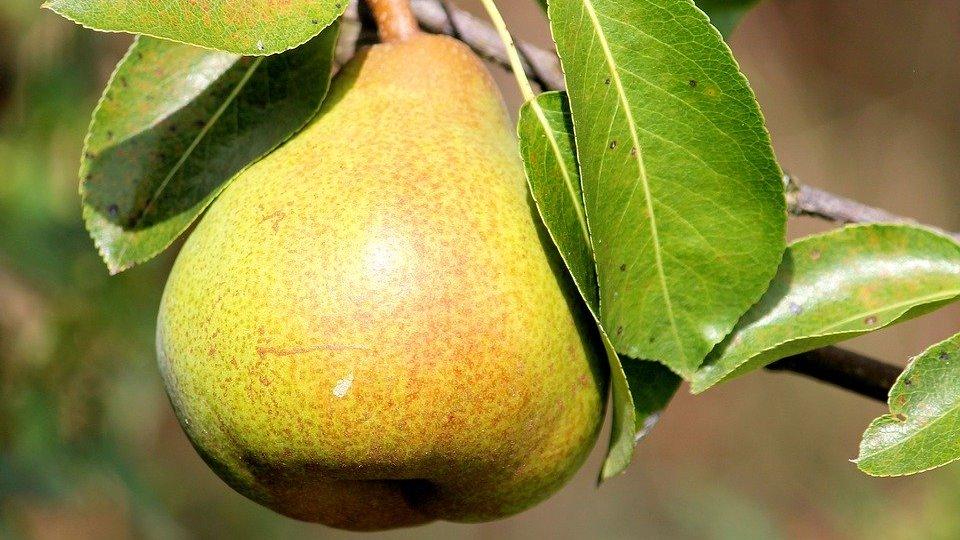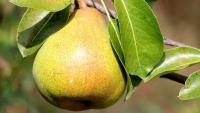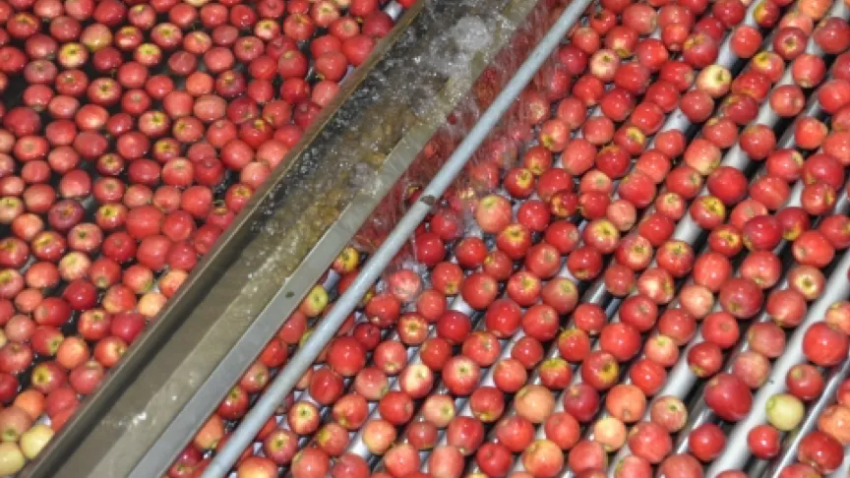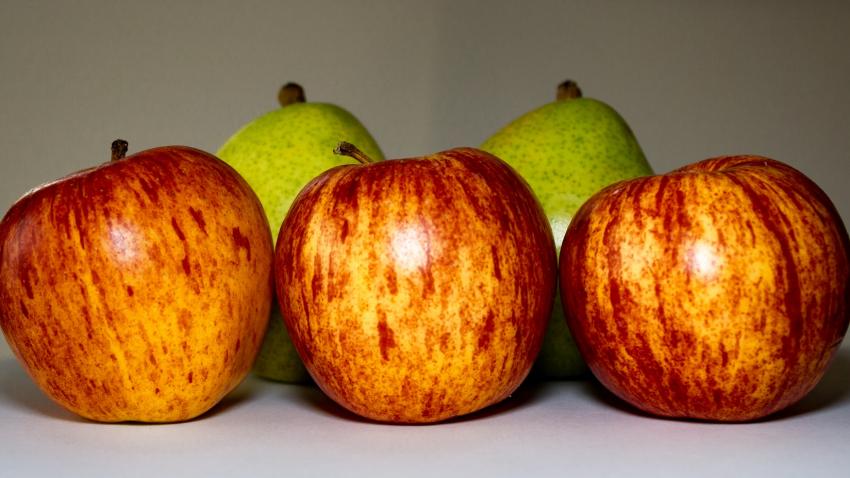You are here
Back to topChina Permitted to Export Pears to Brazil, World’s #4 Pear Importer

China’s General Administration of Customs recently released a statement confirming that starting from Jan. 6, Chinese pears meeting the relevant requirements may be exported to Brazil. As the world’s fourth-largest pear importer, the opening up of the Brazilian market is a big win for the Chinese pear sector, which has seen a decrease in its exports over the past several years. According to GAC statistics, China’s pear exports for the first 11 months of 2019 totaled 407,000 tons with an overall value of $503 million. For the same period of 2018, the export volume was 449,000 tons, whereas that for 2017 was 461,000 tons.
According to the GAC’s announcement, pears permitted for export must originate from producing regions north of 33° latitude that are also unaffected by the oriental fruit fly. Pear orchards and packaging facilities must further be audited and registered with the GAC. Next, the GAC must provide a list of registered orchards and packaging facilities to Brazil’s Ministry of Agriculture, Livestock and Supply at least 30 days prior to beginning exports. Furthermore, registered orchards must implement integrated pest protection measures in accordance with the regulations stipulated in China’s Integrated Orchard Management Plan under the supervision of Chinese customs authorities. They must also maintain records of all pesticide use and signatures of responsible operators to be supplied to Brazilian inspection authorities. If these requirements are not met, the orchard will lose its qualification to export to Brazil.
In addition, when the diameter of a pear reaches 2.5 cm or more, orchards must cover the fruit using protection bags approved by Chinese customs. The pears must then be sent with their covers intact to the export packaging facility, and only those with intact covers may be exported to Brazil. Producers must additionally abide by the Integrated Orchard Management Plan and establish a system of traceability during the harvesting process. Packaged pears ready for export must be stored individually in coolers held at 0–2°C, and they may not be stored alongside goods to be shipped to other markets or any other types of fruit.
According to statistics from 2018, Brazil is the world’s fourth-largest importer of pears after Russia, the EU and Belarus, with an import volume of 158,000 tons, which accounts for 9% of the world’s total. To date, the three largest suppliers of pears to Brazil have been Argentina, Portugal and Spain, where imports from Argentina alone amounted to 105,000 tons in 2018. Brazil’s pear import volume has steadily risen from 2016 to 2018, making this an attractive destination for China’s increasingly quality-driven export market.
Although China’s pear exports have recently grown progressively sluggish, the country remains the world’s largest exporter of pears. In 2018, China’s pear export volume was 491,000 tons with a total value of $503 million. China’s biggest export markets for pears are still primarily concentrated in Southeast Asia; indeed, seven of its top-ten export markets are Southeast Asian countries, the largest being Indonesia, Vietnam and Thailand, which imported 171,000, 67,000 and 48,000 tons, respectively, of pears from China in 2018. The remaining three of China’s top-ten pear export markets are Russia, the U.S. and Canada, with export volumes of 36,000, 12,000 and 11,000 tons, respectively. In terms of value, however, China’s three most valuable pear export markets were Vietnam, Thailand and the U.S., where Chinese pears commanded prices of $1,638, $1,426 and $1,392 per ton, respectively. Following China’s bumper pear crop in the second half of 2019, the purchase and selling prices for pears simultaneously dropped, which has helped stimulate the country’s sluggish pear export market. Consequently, between the lower prices and greater market access, China’s pear exports are expected to regain momentum in 2020.
Image: Pixabay
This article was translated from Chinese. Read the original article.














